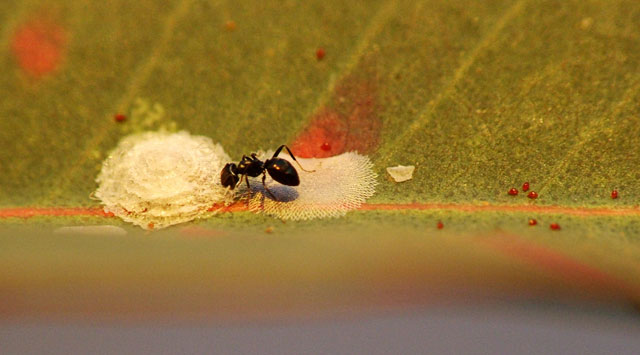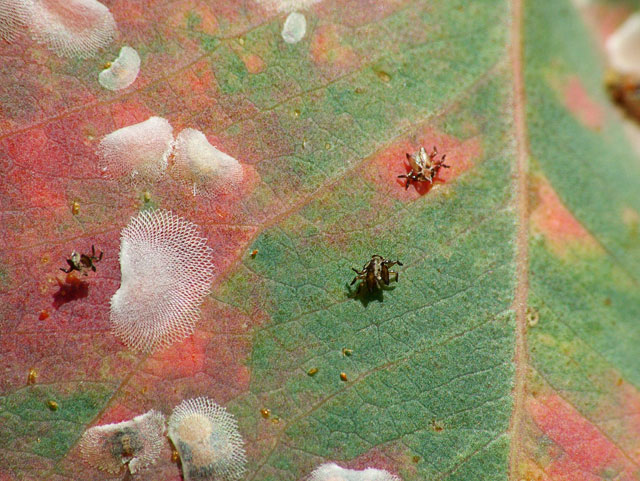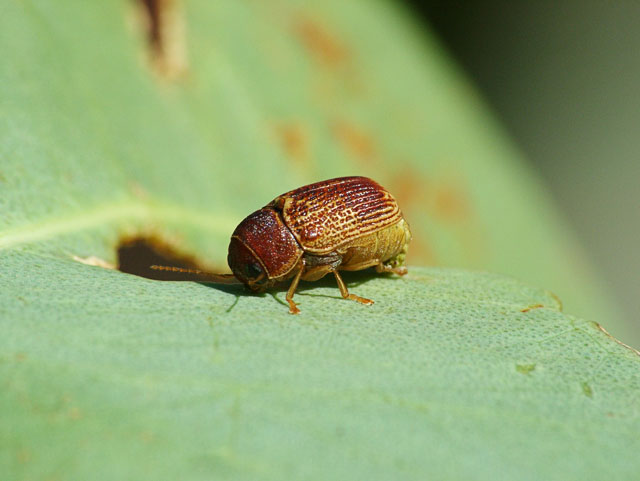Raynox make two achromatic macro lenses suitable for use with the S7000 (and many other digicams):
- DCR-150; see www.raynox.co.jp/english/dcr/dcr150/indexdcr150eg.htm; and
- DCR-250 - see www.raynox.co.jp/english/dcr/dcr250/indexdcr250eg.htm.
Both lenses are made of 3 glass elements in 2 groups. The DCR-250 has the higher magnification of the two. I am not sure (and Raynox does not say) what the equivalent magnification of these lenses in diopters is, but the DCR-250 certainly gives more magnification than when I stack my +4 +2 and +1 macro lenses together.
Mounting
The lens mounts in a rather unusual way - it basically clips to the filter threads at the front of your lens in the same way that you clip on a lens cap. I was a little sceptical of this mounting arrangement at first but have grown to really appreciate its simplicity, speed and ease of use. It is basically as easy as a lens cap to put on or take off. Of course on the S7000 with its retractable lens you need the Fujifilm adapter tube (or third party equivalent) in place but I'd recommend having one in place (with a UV filter) for dust protection all of the time anyway.
Zoom range
As with all macro lenses, the DCR-250 is best used with the camera's macro and super macro modes turned off. The lens will also produce vignetting at anything less than 2/3's to full zoom (ie. you use this lens at the telephoto end of the zoom range).
Impressions
I have been pleased and surprised by the quality of this lens given the high magnication available. Coupled with the great resolution of the S7000 some truly superb macro shots are possible, revealing microstructure not apparent to the naked eye. Below are a couple of examples to wet your appetite for some macro photography of your own.

Here is another shot. To the naked eye, the white structures look like very small (~2mm) waxy blobs on this Eucalyptus leaf. The fantastic magnification of the DCR-250 when combined with the S7000 at full zoom (6x) enables us to see the intricate detail. The spider like shells are from the insects that make these lace-like structures.

A small brown bug, about 5mm in length, grazing along the edge of a eucalyptus leaf
